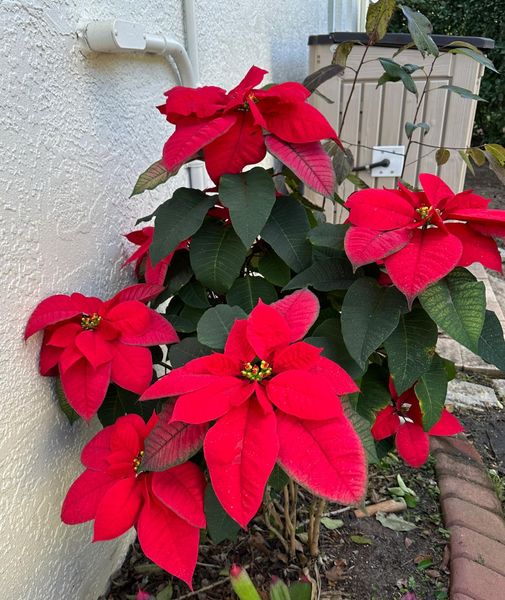Poinsettia Care Guide: Keeping the Festive Beauty in Full Bloom
The Poinsettia, also known as the Christmas Star, is a symbol of good fortune, with its fiery red color representing the essence of the holiday season. It reaches its peak bloom during this time of year, making it a quintessential winter plant.
This winter gem, however, is quite delicate and requires proper care to thrive beyond the festive season. Curious about how to care for it post-holidays? Let’s dive in!
Starting from the pinnacle of its beauty in December, here are some practical tips to maintain its splendor. First and foremost, keep in mind that the Poinsettia should not be exposed directly to sunlight, but it does require adequate light.
Avoid placing the Christmas Star near heat sources, and be cautious about exposing it to drafts. Water the soil only twice a week, and prevent excess water from stagnating in the saucer.
If you notice yellow leaves, especially at the bottom, don’t worry – your Poinsettia isn’t suffering. It’s normal for it to shed some leaves. Continue watering until the end of March, at which point only the colored parts will remain.
How to care for the Poinsettia from March to April:
During these months, if you observe that your plant has shed all its green leaves, don’t panic; it’s normal. Between March and April, it’s time to trim all the bare branches of the plant to a height of about 15 cm from the ground.
Between May and September, transplant the Poinsettia into a terracotta pot, adding some universal soil. Place the plant outdoors in a location that receives partial shade.
New buds will sprout from the bare branches, and new leaves will emerge. Remember to add a fertilizer for green plants when watering.
When the warm season is over, and the first cold temperatures set in, bring the Poinsettia back indoors. Eight hours of light per day are sufficient to turn its leaves red quickly. Water it as usual, and for a little while longer, use a fertilizer, but this time, opt for one designed for flowering indoor plants!
